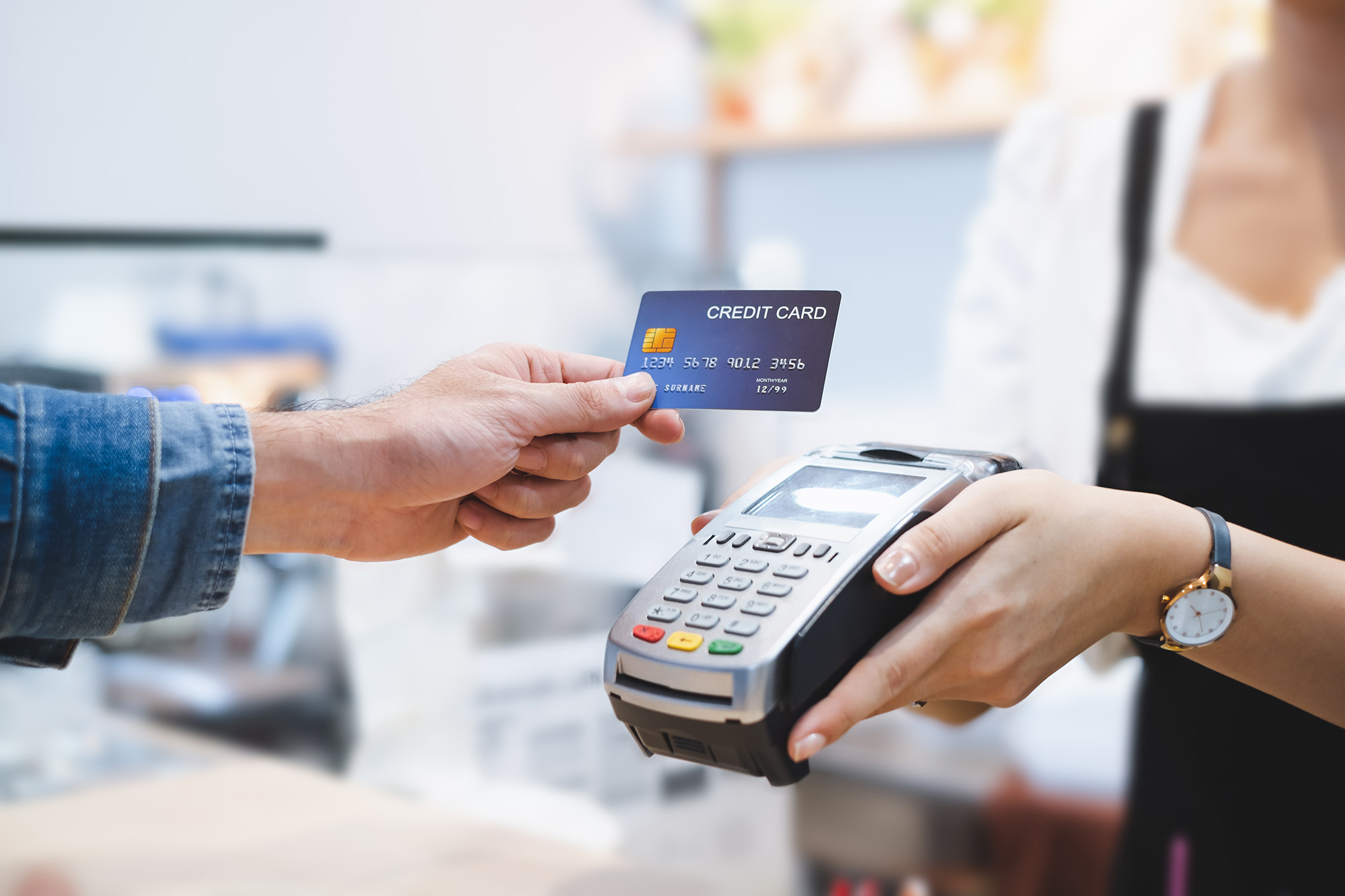
By admin January 15, 2022
The use of credit cards has become a ubiquitous part of modern life. You can use your card to purchase items online, in person, or by phone. Credit card processing allows you to buy what you need now and pay for it over time.
When you make a purchase with a credit card, the merchant submits the transaction to the credit card issuer. The transaction is processed and the credit card issuer pays the merchant on your behalf.
When you use a credit card to buy something, several parties are involved:
- You: the buyer who uses the credit card to make a purchase and receives and makes payments on that debt;
- Your creditor: the bank that issued you the credit card and allows you to borrow money;
- The merchant: the seller who accepts your credit card as payment;
- The acquirer: the company, typically a third-party provider, which processes transactions for merchants. They provide processing services and equipment (printers, pin pads). Acquirers also help merchants understand and comply with credit card rules;
- The card network: Visa, Mastercard, American Express, etc. These companies process the transactions and ensure that everyone is paid accordingly.
When you make a purchase with a credit card, the merchant first verifies that your card is valid. This means they will look at your card number to make sure it was not reported lost or stolen. Once they are satisfied that the card is valid, they will submit a request for payment along with your credit card number to the merchant account provider. The PIN associated with the transaction may also be required by the acquirer, if this has been requested by you and agreed to by the merchant. If you have a chip card, also called an EMV-enabled card, your PIN may be sent separately from the transaction request to the issuer for authentication.
If you are using your credit card with Apple Pay or Android Pay, you will authenticate yourself by placing your finger on the fingerprint sensor of your phone rather than entering a PIN.
The credit card issuer will check to see if you have enough money available on your account to cover the purchase. If you do, the credit card issuer will approve the transaction and pay the merchant. The funds for the purchase are then transferred from your account to the merchant’s account.
If there is not enough money available on your account to cover the purchase, the credit card issuer will decline the transaction. This may happen if you have reached your credit limit or if there is a problem with your credit history.
If the credit card issuer approves the transaction, it will be added to your monthly statement. You will then need to pay off that debt over time.
Credit card processing is a complex process, but it’s one that is necessary to make sure that everyone gets paid for the goods and services they provide. By understanding how it works, you can better use your credit card to purchase what you need.